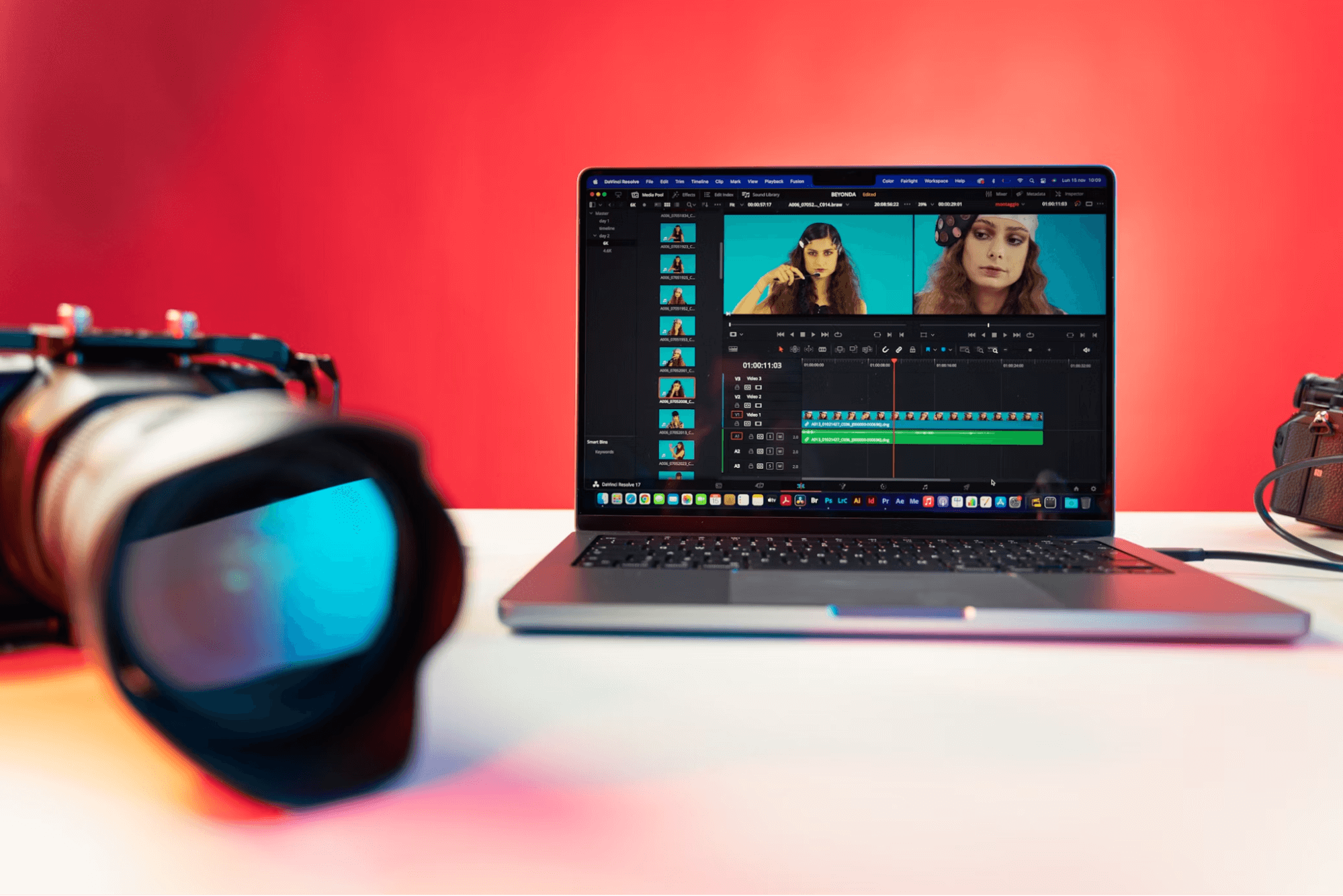
Find how video editing shapes storytelling by structuring the narrative arc, pacing, audio layering, and visual continuity to capture and guide viewer attention
Storytelling is at the core of any successful video; editing is where much of that story comes to life. While filming captures the raw emotion and action, the editor’s task is to shape those moments into a cohesive narrative. The way clips are arranged, how transitions are timed, and what visual or audio elements are emphasized are decisions that directly impact how a viewer experiences the story. So, how exactly do editors approach storytelling through video editing?
Structuring the Narrative Arc
The first step is establishing the narrative arc. Every story—a corporate video, a short film, or a documentary—needs a beginning, middle, and end. This structure helps guide the viewer through a sequence of ideas or emotions with clarity and intent. For example, companies like Vidico excel in using this structured approach. Through creative storytelling with Vidico, businesses communicate their brand message by crafting a strong narrative arc.
Nevertheless, editors begin by identifying the story’s core message. What is the takeaway? Is it meant to inform, persuade, entertain, or inspire? Once this is clear, editors arrange the footage to build toward that outcome. This often includes setting up the context early, introducing conflict or tension in the middle, and resolving it by the end.
Even in short-form videos or branded content, this three-act structure can be condensed to create a sense of flow. Properly organizing the content prevents confusion and ensures the message lands effectively.
Choosing the Right Footage

Not every frame recorded will serve the story. Editors must be selective in choosing clips that move the narrative forward. This means looking for footage with emotional resonance, relevant details, or natural pacing.
The process involves sifting through hours of raw footage to identify the most compelling moments. Repetition is avoided, while clarity and variety are prioritized. A good editor can recognize subtle expressions, spontaneous interactions, or dynamic visuals that enhance the story. Choosing the right footage is as much about exclusion as inclusion.
Timing the Pacing Effectively
Pacing plays a crucial role in how the story unfolds. Fast cuts create urgency or excitement, while slower sequences allow reflection and emotional depth. Editors manipulate time by stretching, compressing, or pausing it to guide the viewer’s attention and emotional state.
Understanding pacing means knowing when to hold a shot just a moment longer for impact, or when to cut quickly to keep the energy up. It also involves rhythm, matching the beat of background music or the cadence of a voiceover to visual transitions.
Layering Audio Elements
Audio is not just a background component—it is integral to storytelling. Sound design, music, dialogue, and ambient noise all shape a video’s emotional and informational tone.
Editors use audio to add depth and context. A well-chosen music track can enhance emotional cues, while natural sound effects can make a scene feel grounded and real. Dialogue needs to be clear and appropriately timed with visuals for maximum impact.
Audio cues often precede or follow visual actions to create a more immersive experience. For example, hearing a door creak before it opens can build suspense. Layering these audio elements strategically strengthens the narrative without overwhelming the viewer.
Using Visual Continuity
Maintaining visual continuity ensures that the story is coherent and easy to follow. This ensures that spatial relationships, lighting, and movement are consistent across shots. Jarring transitions or mismatched scenes can disrupt the viewer’s immersion.
Editors pay attention to details such as eyeline matches, object positions, and background consistency. If a subject is shown walking left to right in one shot, the following shot should continue that direction to preserve spatial logic. In narrative content, continuity also supports believability and flow.
Guiding the Viewer’s Focus
Video editing is a tool for directing attention. Through framing, motion, and composition, editors can influence what the viewer notices and when. This is particularly important in dense or multi-layered scenes.
Techniques such as cropping, zooming, or slow motion help isolate important moments. B-roll footage can be layered over narration to reinforce key points. Reaction shots provide emotional context, while cutaways can clarify or contrast the main action.
Establishing Emotional Tone
Tone gives a video its unique character. Is the story hopeful, somber, humorous, or dramatic? Editing decisions—from color grading to sound mixing—play a key role in setting that tone.
For example, a corporate brand video may use bright visuals, upbeat music, and quick cuts to convey energy and positivity. In contrast, a nonprofit video may lean on slower edits, subdued music, and desaturated color palettes to evoke empathy.
Editors adjust exposure, contrast, and saturation to support the mood. They also make deliberate scene sequencing and pacing choices to align with the desired emotional outcome. Maintaining a consistent tone ensures the message resonates and the viewer stays emotionally invested.
Enhancing with Motion Graphics
Motion graphics, text overlays, and animations often emphasize information or reinforce branding. While these elements are external to the original footage, they become part of the storytelling when integrated thoughtfully.
Graphics can highlight key data, introduce speakers, or clarify complex ideas. Transitions between scenes can also be stylized with motion to match the video’s aesthetic. However, editors are careful not to overuse these tools, as too many visual effects can distract rather than enhance.
On A Final Note
Storytelling through video editing is a deliberate, layered process. It involves more than just putting clips together—it’s about shaping emotion, guiding attention, and building a narrative that connects with the viewer. From structuring the arc and selecting footage to layering sound and fine-tuning tone, every decision in the edit suite contributes to how a story is told.
Was this news helpful?







 Yes, great stuff!
Yes, great stuff! I’m not sure
I’m not sure No, doesn’t relate
No, doesn’t relate



